Dive deep into the realm of sharks with this collection of fascinating facts! From their diverse species to incredible adaptations, uncover the mysteries behind these apex predators. While they have a fearsome reputation, they are some of the most amazing creatures in the ocean.
Disclosure: Please Note That Some Links In This Post May Be Affiliate Links, And At No Additional Cost To You, We Earn A Small Commission If You Make A Purchase. Commissions Go Toward Maintaining The Snorkel Spots Website.
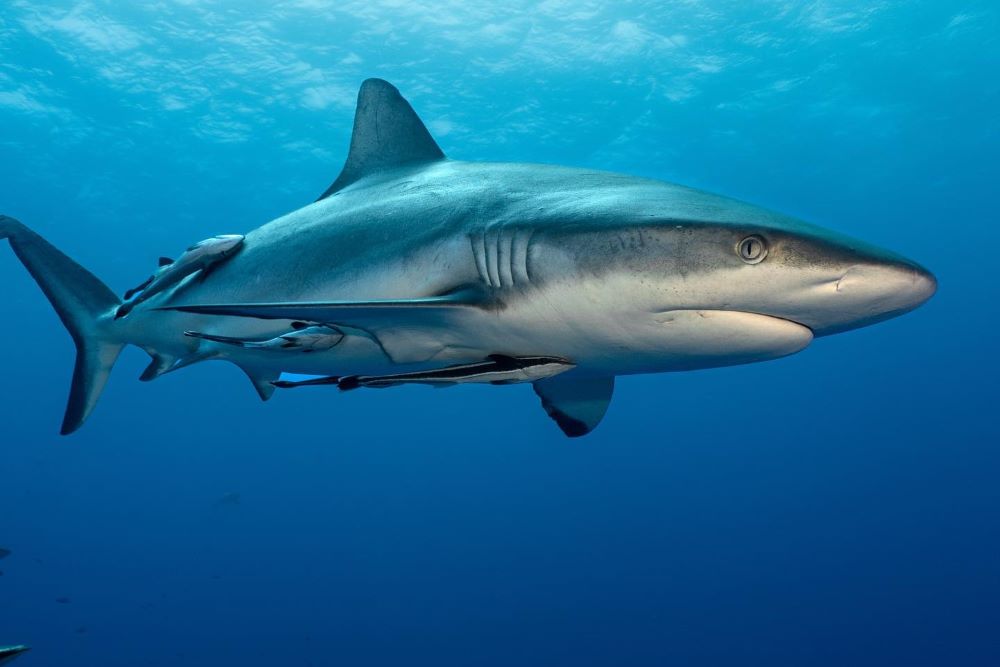
Ancient Predators
Sharks have been around for a long time—over 400 million years. They pre-date dinosaurs and have survived several mass extinction events.
Do Sharks have Bones?
One of the main things that all sharks have in common is that they do not have bones. Their skeletons are made of cartilage – the same material human ears are made of.
Global Distribution
Sharks inhabit a wide range of marine environments, from shallow coastal waters to deep oceanic regions. They can be found in both saltwater and freshwater, including rivers and lakes.
What is a Group of Sharks Called?
There is no consensus on what the collective noun for a group of sharks is. A Shiver is a common name, but they are also called a school, herd and frenzy.
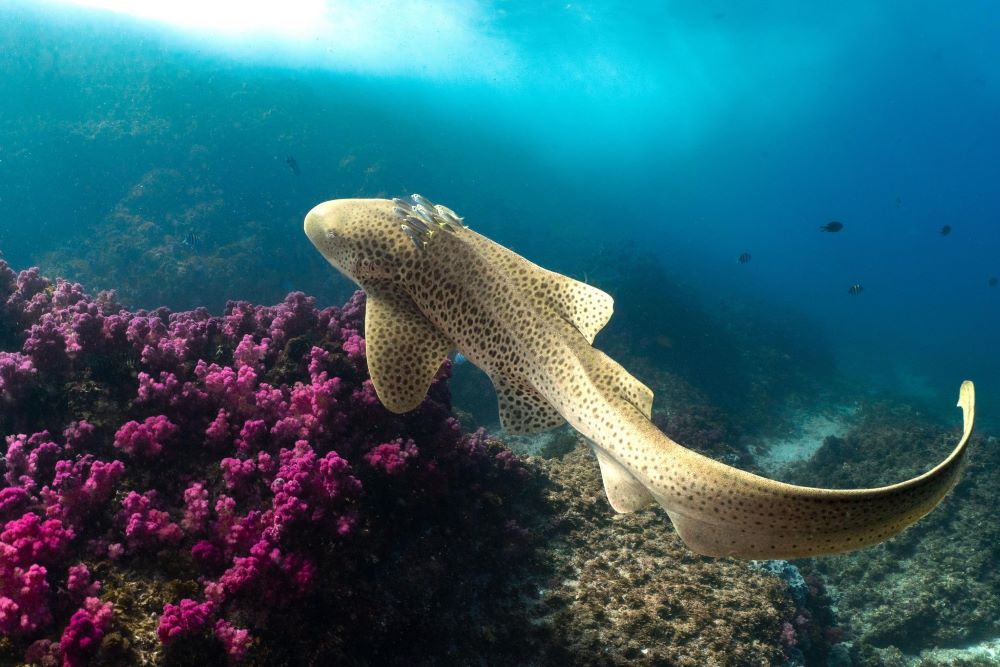
How Many Types?
There are an amazing 500 species shark. How many can you name? 5 or 10? That leaves hundreds of weird and wonderful sharks that most people have never heard of. We mention a few of them below.
What is the Biggest Living Shark?
The biggest shark in the world is the whale shark which is a filter feeder. It is not the only giant shark. The basking shark is 6 – 8m long and is the second biggest fish in the world. The megamouth shark is up to 5m long, it was only discovered in 1976. Despite their size, both sharks are also filter feeders.
Biggest Shark Ever?
While you never want to see a species go extinct, we can all rest easier that the Megalodon has suffered that fate. This 21m long shark was no filter feeder, the giant carnivore ate 1 ton of food a day and teeth over 15cm long
What is the Smallest Shark?
Sharks are not always enormous. In fact, you could hold the smallest shark in the world in the palm of your hand. Found only around Colombia and Venezuela, the dwarf lanternshark reaches a maximum length of 20cm. The spined pygmy shark is only a centimetre or two longer but is found in the Pacific, Atlantic and Indian Oceans.
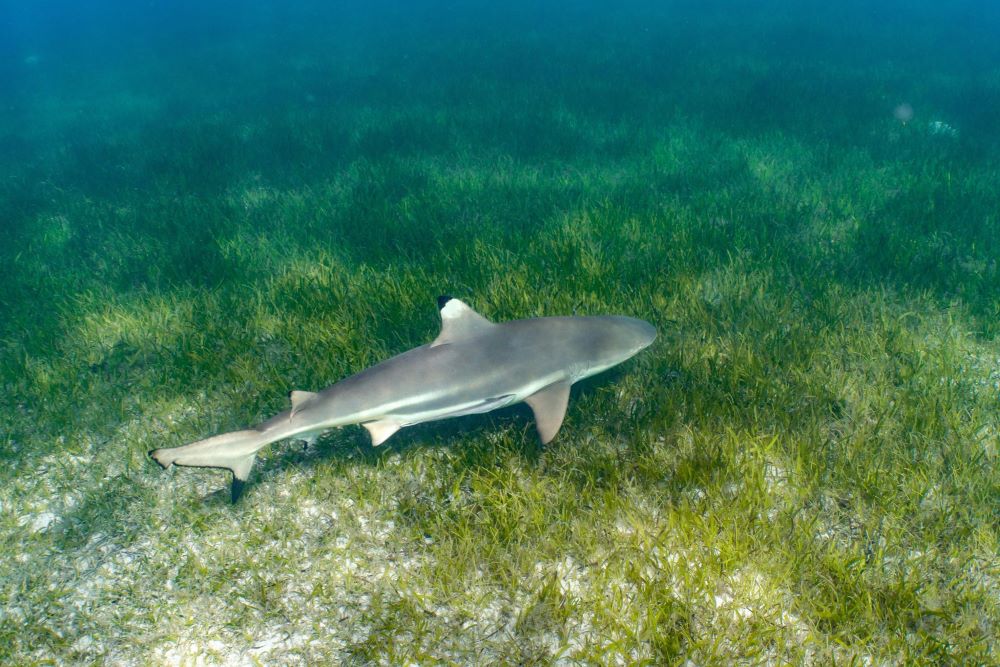
Sensory Superpowers
Sharks have an incredible sense of smell, and some species can detect a single drop of blood in an Olympic-sized swimming pool. They also use electroreception to sense the electrical fields produced by other living organisms.
Diverse Reproduction Methods
Shark reproduction varies widely. While some species lay eggs, others give birth to live pups. Some species even exhibit a form of asexual reproduction called parthenogenesis when a female fertilises its own egg.
Shark Skin Design
Shark skin is covered in tiny tooth-like structures called denticles. These structures reduce drag and turbulence, allowing sharks to move through the water more efficiently. The tiny denticles are what gives shark skin it rough, sandpaper-like texture.
Long Lifespan
Some shark species can live for many decades. The Greenland shark, for example, has a lifespan estimated to be over 400 years, making it one of the longest-lived vertebrates.
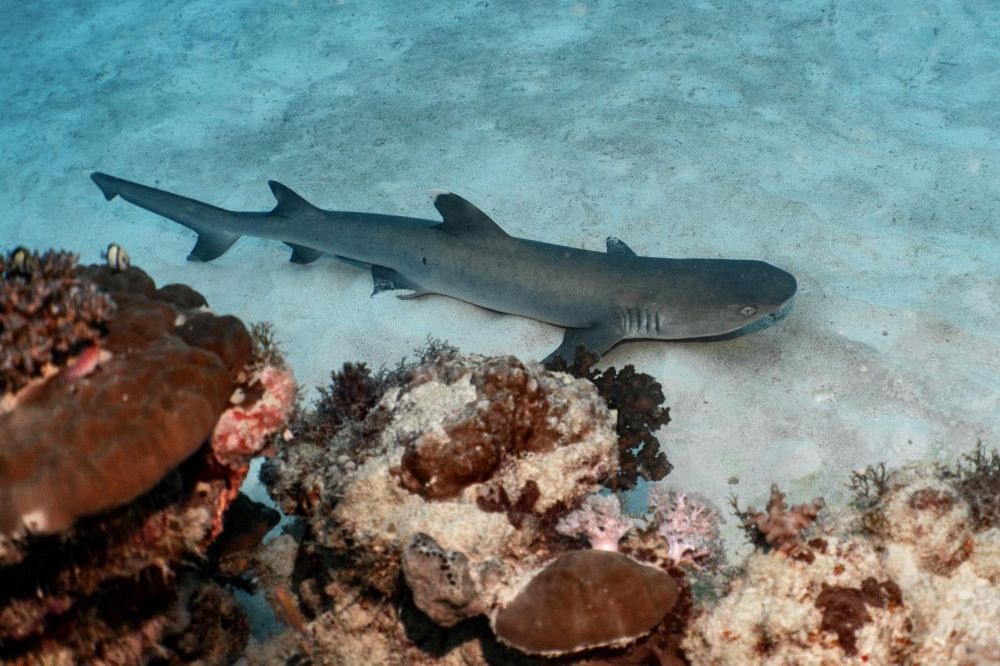
Sharks have Special Blood
Another interesting thing about the Greenland shark is that it has a natural anti-freeze in its body so it can live in very cold water. The antifreeze is toxic to humans.
Glow in the Dark Sharks
Several shark species are bioluminescent including the deep sea kite shark, the cookiecutter shark, pocket shark and the ninja lanternshark.
How Fast do Sharks Swim?
Not only is the short finned mako a ferocious predator, but it is also one of the fastest fish in the world. It can reach speeds of up to 75kph. The sleekly built blue shark and salmon shark are not far behind the mako – they both have top speeds around 70kph.
Are there Friendly Sharks?
Not all sharks are dangerous. In fact, out of 500 species a vast majority are unlikely to attack humans. Some of the most docile are whale sharks, (grey) nurse sharks, Port Jackson sharks, wobbegongs and white tip reef sharks. Care must still be taken not to provoke or touch them.
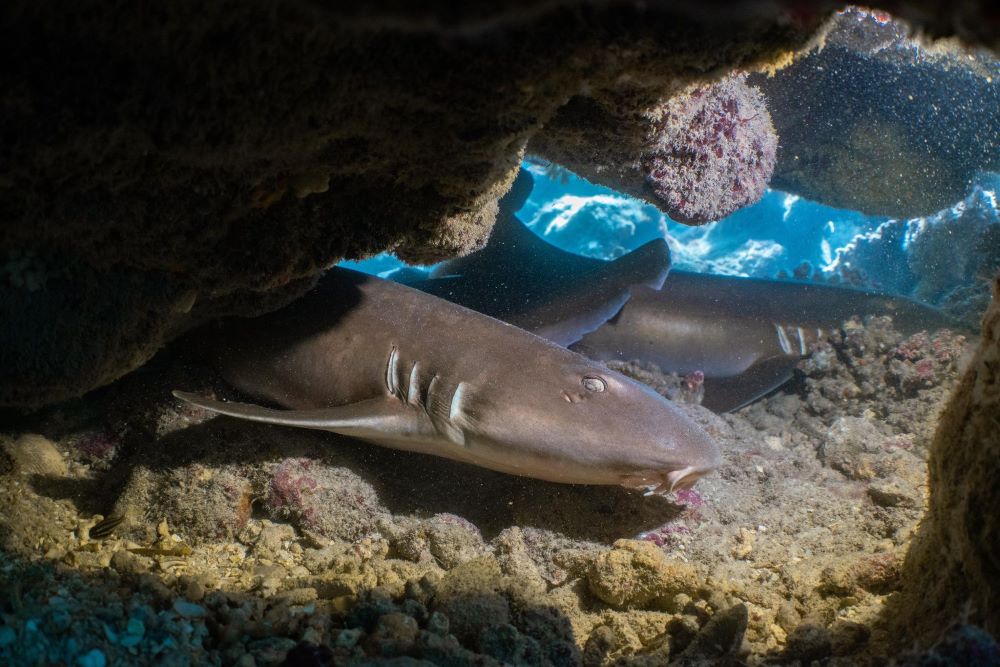
Sharks Don’t Sleep
Sharks do not sleep in the way humans do. Some species have to keep moving to ventilate their gills, while others have the ability to rest on the ocean floor.
Multiple Rows of Teeth
Sharks have multiple rows of teeth, and they continually replace them throughout their lives. Some species can go through thousands of teeth in a lifetime.
Conservation Concerns
Many shark species are facing threats such as overfishing, habitat destruction, and climate change. Several species are listed as endangered or vulnerable, highlighting the need for conservation efforts.
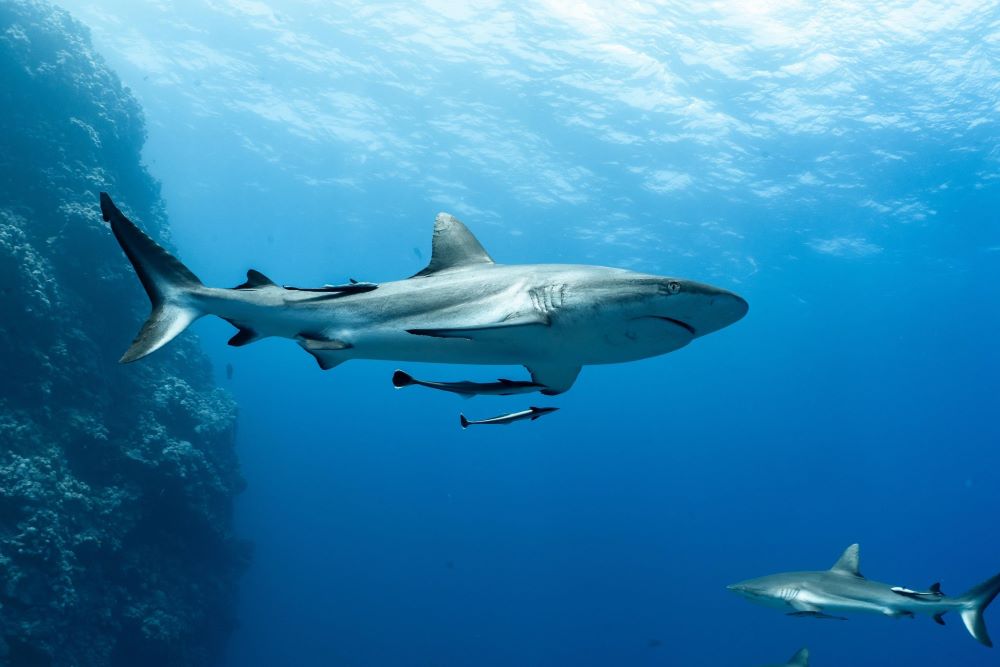
Deep Divers
Not all sharks swim near the surface with their dorsal fin poking out of the water. Many sharks live their life 600 – 1500m below the surface – and they have fantastic names! The remarkable looking goblin shark, frilled shark, cookie cutter shark, ninja lantern shark and Portuguese dogfish all so deep they are rarely seen.
Open Wide!
Not only is the goblin shark a deep dweller, but it can also open its mouth an amazing 110 degrees, thrust it jaws forward by almost 10cm and it is pink!
Shark Awareness
Shark awareness and conservation efforts have been promoted through events like Shark Awareness Day (July 14) and campaigns to dispel myths and misconceptions about sharks.
- Fun Facts about Sharks - February 15, 2024
- Where can you Safely Swim with Sharks in Australia? - February 15, 2024
- How to Snorkel – 15 Tips for Beginners - February 15, 2024

